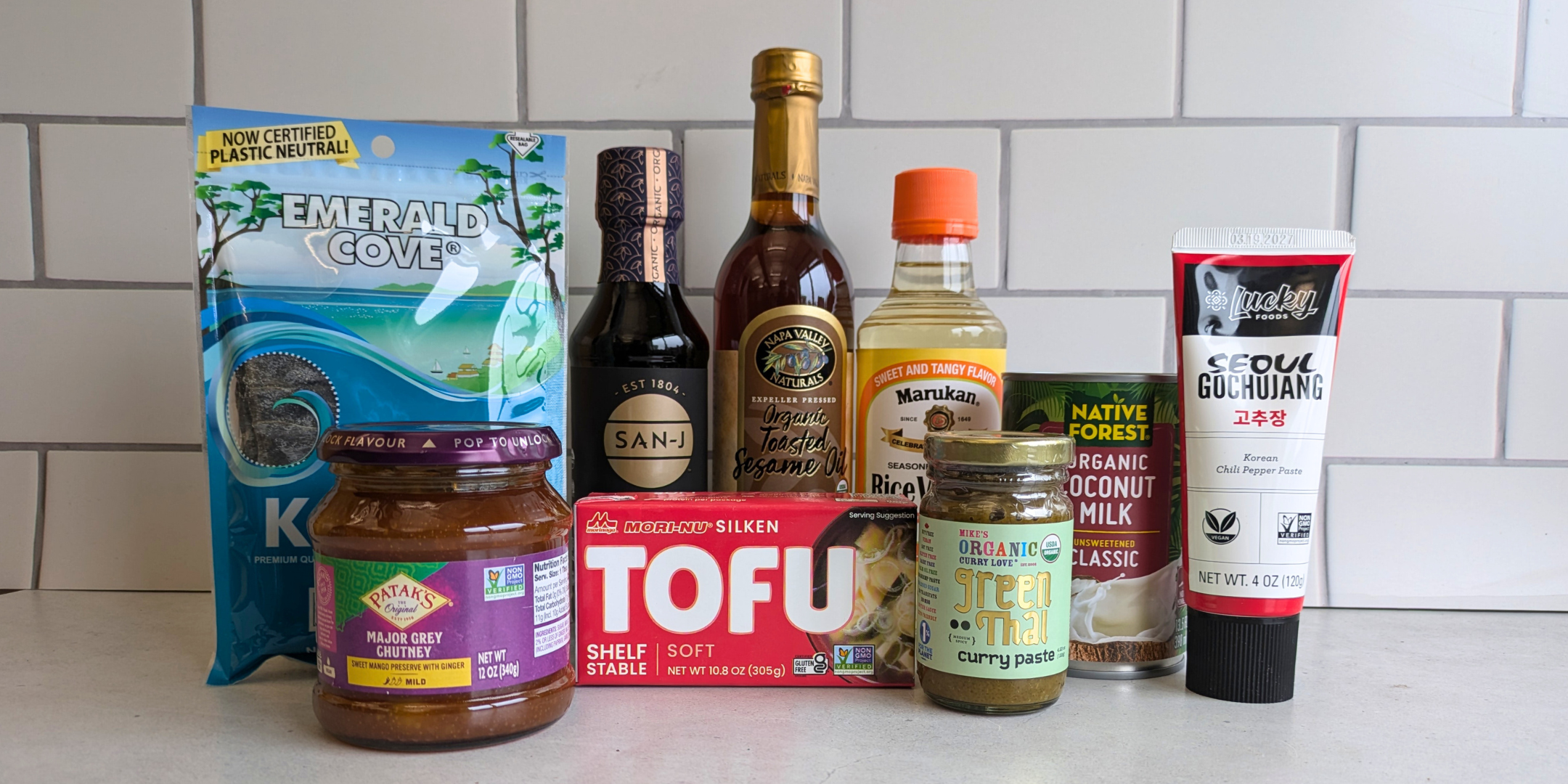
Asian American and Pacific Islander (AAPI) communities represent a vast and diverse range of cultures, cuisines, and histories spanning countries and islands across East Asia, Southeast Asia, South Asia, and the Pacific. We want to share a few pantry staples that appear in kitchens across these communities, defining the flavors and dishes of the region. These items can help you expand your cooking repertoire and add depth and brightness to everyday meals. Explore ingredients and recipes below.
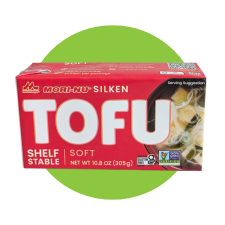
Silken Shelf-Stable Tofu
Tofu was first recorded as being made in China over 2000 years ago. It is a staple in East and South Asian dishes. This extra-soft tofu has a creamy texture and a mild flavor that absorbs sauces and seasonings beautifully. It’s shelf-stable, so you can keep it on hand without refrigeration.
Use it in miso soup, smoothies, or as a base for vegan desserts. It’s a versatile protein source perfect for quick meals or plant-based swaps.
Stop by the Mississippi Market Deli for the Vegan Chocolate Mousse which features silken tofu. Absolutely delicious and protein packed!

Sesame Oil
This aromatic oil, often toasted, has a rich, nutty flavor that elevates dishes with just a few drops. It is one of the earliest-know crop-base oils, cultivated for at least 3000 years. It’s used as a finishing oil rather than for high-heat cooking.
Drizzle over stir-fries, dumplings, or cold noodle salads for a savory finish. A little goes a long way to deepen flavor and add complexity.
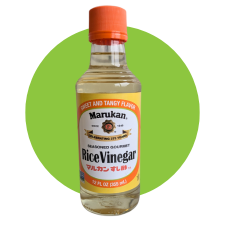
Rice Vinegar
Rice vinegar is lightly sweet and tangy with a milder acidity than Western vinegars. It’s a staple in many Asian cuisines for balance and brightness. Seasoned Rice Vinegar is used in sushi rice.
The Marukan brand of rice vinegar has origins going back 375 years, being first produced in Kiyosu, Japan and coming to the United States in 1974.
Mix into salad dressings and marinades. It’s great for adding subtle acidity without overpowering other flavors.

Coconut Milk
Rich and creamy, coconut milk is made by blending coconut flesh with water. It’s essential in many Southeast Asian, South Asian, and Pacific Island cuisines.
Use it in curries, soups, or desserts like rice pudding. It adds body and a touch of sweetness to both savory and sweet dishes.
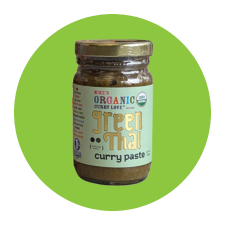
Thai Green Chili Paste
This vibrant, spicy paste blends green chilies with garlic, lemongrass, and herbs. It’s a key flavor base in Thai cooking.
Stir into sauteed veggies, mix with coconut milk for a fast green curry or add to marinades. It packs heat, brightness, and fragrance all in one.
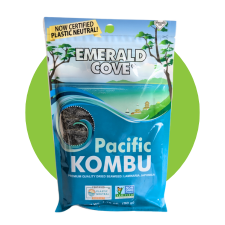
Kombu
Kombu is a type of dried sea kelp well knows for its nutritional benefits. It’s a foundational ingredient for dashi, a delicate umami-rich broth.
Historical documents 1,200 years old from Japan have mentioned dried kombu being chopped finely and prized for its medicinal properties, and a staple of vegetarian cooking at the time.
Simmer to make dashi or add to beans while cooking to enhance flavor and digestibility. It’s a natural source of glutamates—aka umami.
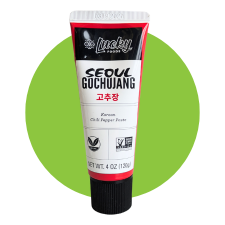
Gochujang
This Korean chili paste is savory, spicy, and slightly sweet, made from fermented soybeans, glutinous rice, and red chili powder.
The Gochujang sauce that Korean Chili paste is most known for today was said to be popularized by the first king of the Joseon Dynasty era, who found the taste so unforgettably delicious that he made it a regular flavor in the palace cuisine.
Mix into sauces, stews, or even mayo for a spicy kick. It adds depth and slow-building heat that makes dishes bold and comforting.
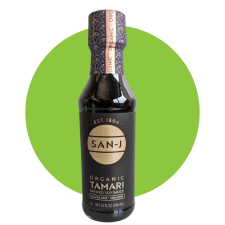
Tamari
Tamari is a gluten-free soy sauce alternative originating in Japan, with a richer, less salty flavor than regular soy sauce.
Use in stir-fries, dipping sauces, or as a seasoning for rice and vegetables. It’s great for gluten-free cooking and adds umami without overpowering.

